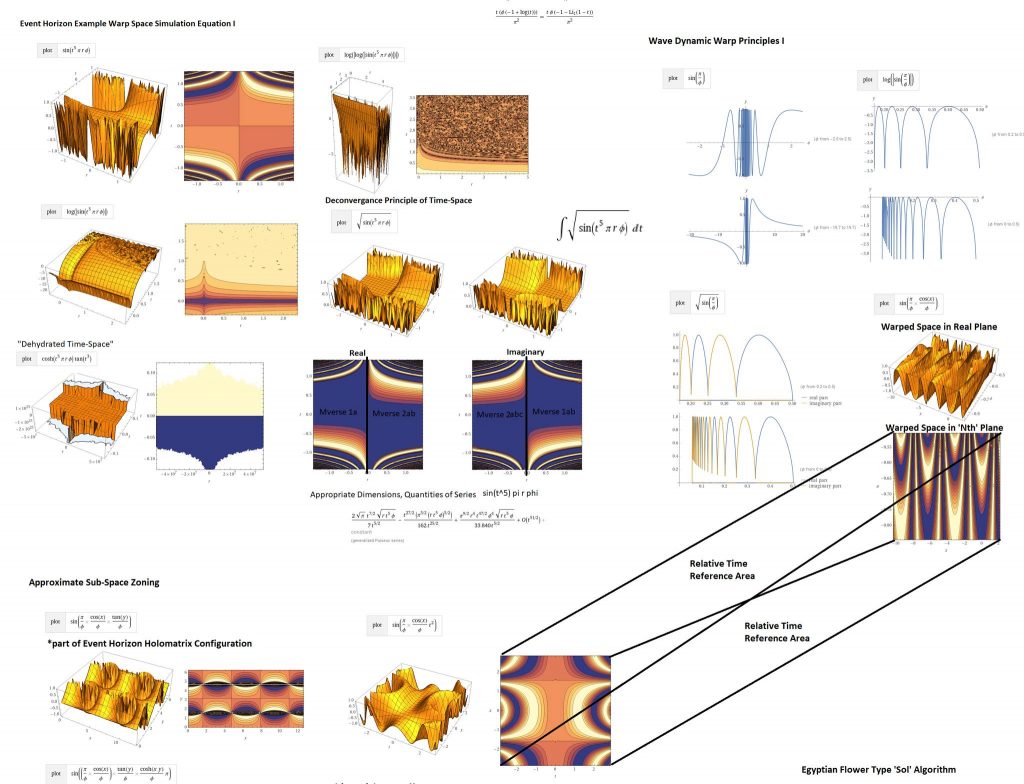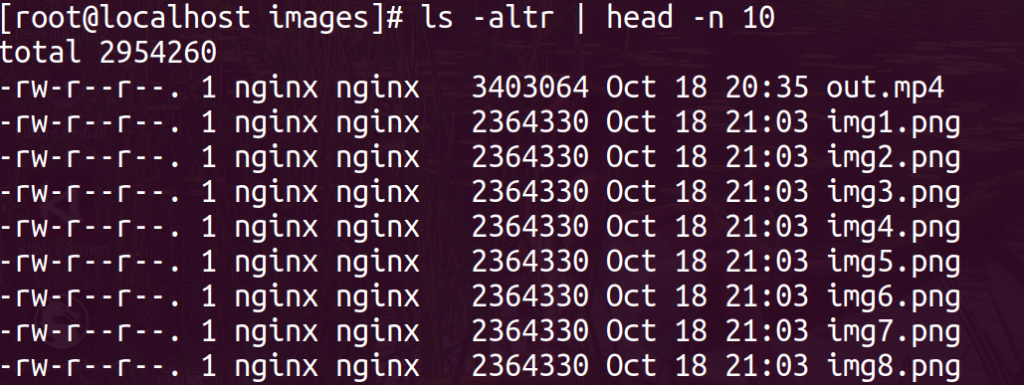Recently I have been looking for work due to the failure of my businesses. One of my interests among many is abstract mathematics, and lately I have been encouraged to write more about some of the mathematical expressions of the square root of -1 and their geometrical and equational counterparts and how they relate to sub space field theory and various other topics that are of interest. I guess I can add this to my portfolio. Now, I have hundreds of diagrams like this lying around, perhaps they will be of use for someone else who wants to calculate event horizon vertices from the square root of -1 and beyond.
To those unfamiliar with the art of quantum electrodynamics I am investigated several temporal phenomenon that exist within spatial sequences of flat space in relation to the granularity of compositional ‘3 and 4dimensional space’. I’m not really sure how to put some of my more advanced ideas into maths or language, so hopefully it is received with a ‘best effort’ for semblance award by anyone forgiving enough to take the time to look at it.
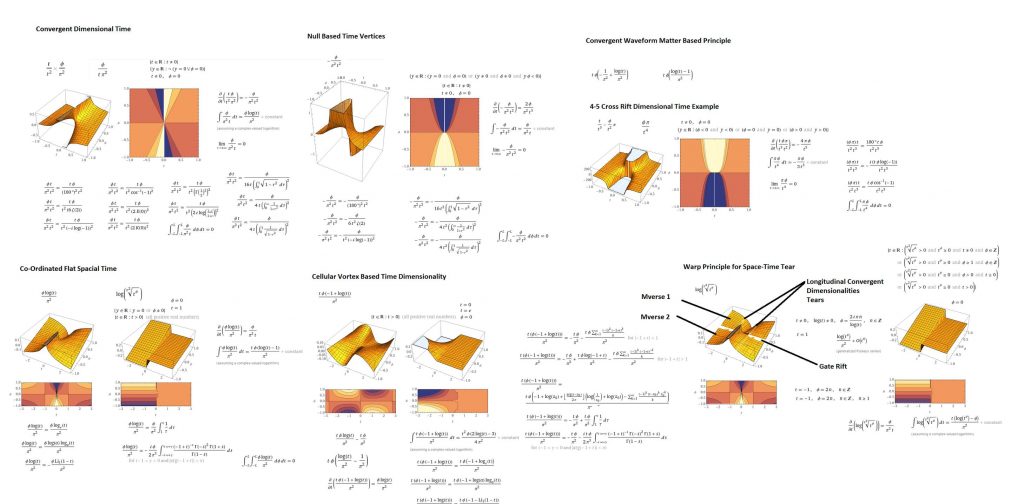
I wanted to provide countour splice planes of 1 dimensional images that comprise 3 dimensional spatial phenomenon. I start by exploring it’s application to some more conventional ideas about m-verse theory. I wanted to concentrate mainly on how these contours might explain visible light in associated quantum intervals, boundaries or zones and how various intervals are responsible for visible light in a nervous system. For example I can write music indefinitely, and utilised a few of those ‘routines’ in creating this mathematics to elaborate a bit more about it.
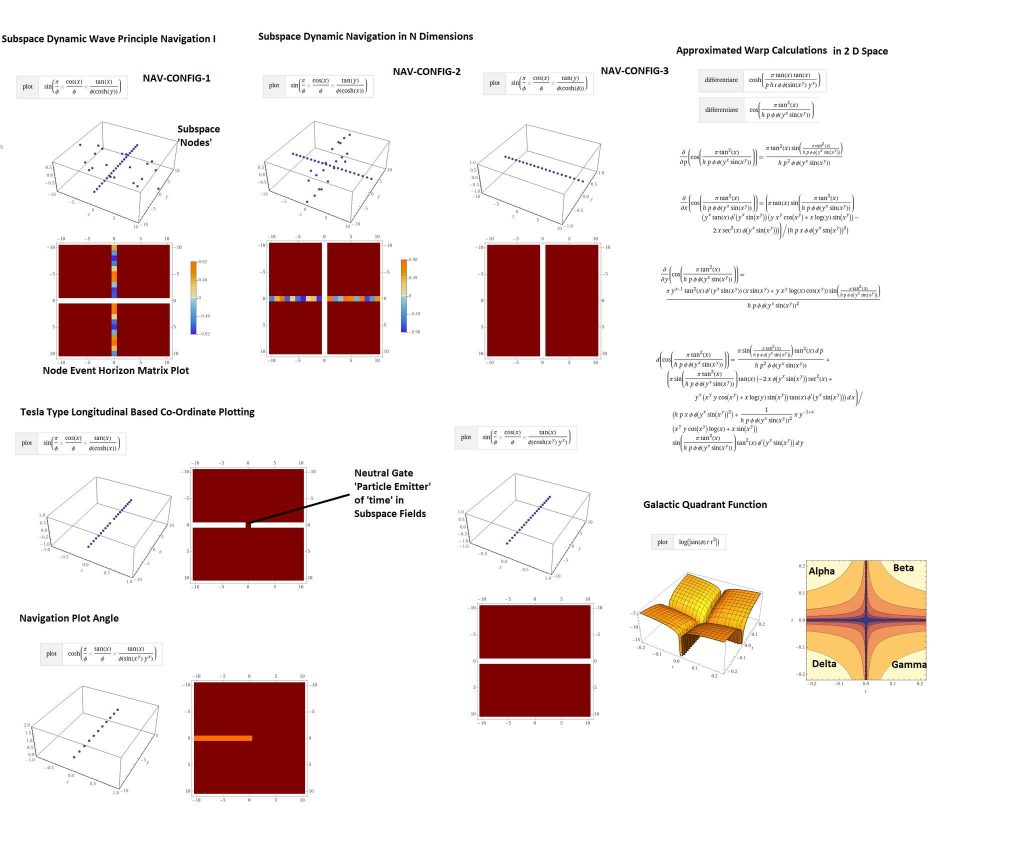
Of course it is all well and good learning to divide or fold sub-space fields in the imaginary contour plane, and overriding granularity theory, but it’s not much good unless you develop some kind of sub-space language for the quantum node interval structure. I provide some very rough ideas how 4 quadrant universal theory could be applied in the electrical dimensional and spatial time sense for the application of a sub space navigational computer of some kind.
It’s probably too far fetched to catch on yet but watch this space. I predicted netflix when divx was still a 3.11 alpha development project. Some of us, new what the technology for a new future was, but not of all us had money or human beings to trust to achieve our goals. and our goals might not be the same as regular human beings with their memory stores of morality and righteousness, perhaps a computer application to model the development of cellular genetic particle physic wave guide collapse functions on how intelligence comes about may prove useful to exploring the subject further? I have my doubts.
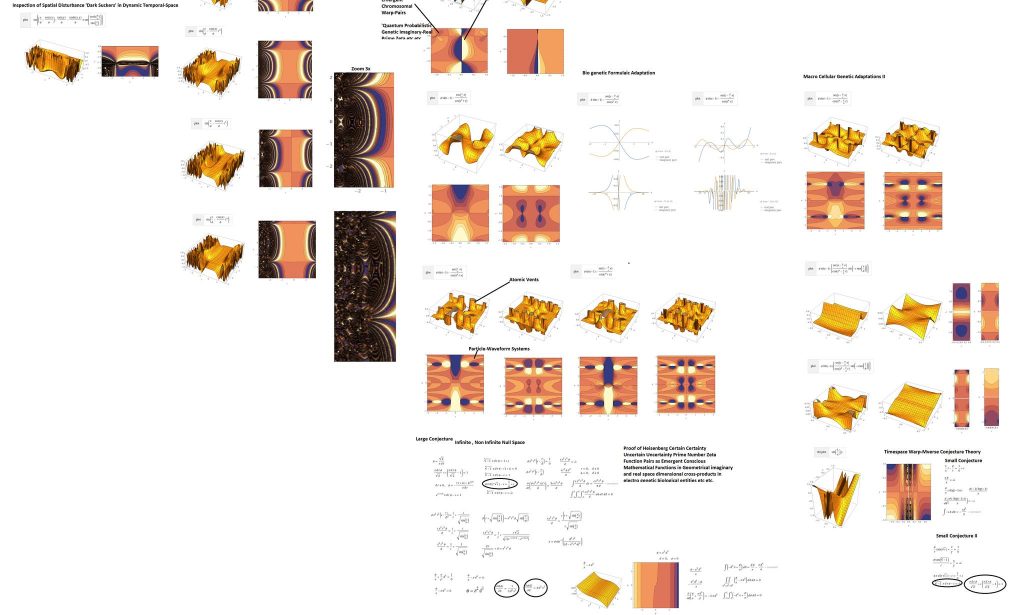
What is a black hole, stargate or ‘event horizon’ anyway? Well, if such an increasingly hypothetical phenomenon or cross-rift counterspatial tear in what we consider ordinary temporal spatial phenomenon that collapse over the heisenberg wave-‘force’ function you could be in luck, I wanted to look carefully at this, and in the following work (unpublished) that will follow this a glyph particle physics quantum electrical genetic determinator (a mathematical language of probabilistic function) may allow the mapping of entire square root of -1 (imaginary) species and their genetic counterparts. Theoretically such an application alows the infinite modeling of spatial genetic and temporal intelligence. This could predict I suppose why in other work why my imaginary spatial divisions of granular space seem to show what look like human brain wave patterns, although the brain and its cross divergent and convergent products in evolutionary systems is far far abstracted from the particles and waves that create the possibilities of the properties of matter, and therefore their intricate organs and cellular pathways, divisions and adaptations, and the emphasis is on probability, its not unlikely to find, even in far away abstracted functions of squart of -1 (imaginary numbers) and pi/2 phi (the velocity of genetic growth loosely), to find ‘human brainwaves’ under the seat of the particle wave functions that made them up.
I do not expect my work will be understood for a long time, and, for various what could be obvious reasons have generally not been very public or encouraging of myself or my own theories or publications on the matter. It seems quite interesting to me, so, perhaps it will seem quite interesting to somebody else. I think the problem with mathematics, physics and evolutionary beings in general in this present day is a lot to do with people misunderstanding that products are generally considered, in all scientific realms, to be emergent products of the things that make them up. This means that the ideas and applications of physics theories and mathematical algorithms are determined by what we know, and what we don’t know.
Although this idea is scientific, well known, and generally feasible to understand for even a small child. Adults and most mathematicians fail to understand what they have been taught, i.e. the circumstances of their mathematical thought is the greatest contributing disruption to their producing of great works of mathematics or music (heir music, indefinite music etc etc). Had they looked in these places I was unfortunately cursed with as an autistic individual, they’d see that n probabilities could even be applied to human behaviour to create a probabilistic theory on consciousness and intelligence, which could be useful in the study of crime, or the understanding that crime is only a mathematical ignorance of probability (for victim, criminal and the society). Were these probabilities better understood, or in other words, if people understood that they were products of eachother and their parts, they’d have came to my conclusions that this opinion draws in mathematical sequence theory and heisenberg uncertainty principle, at least when applied to certain ideas in genetic, sub space warp theory and quantum electrical dynamics.
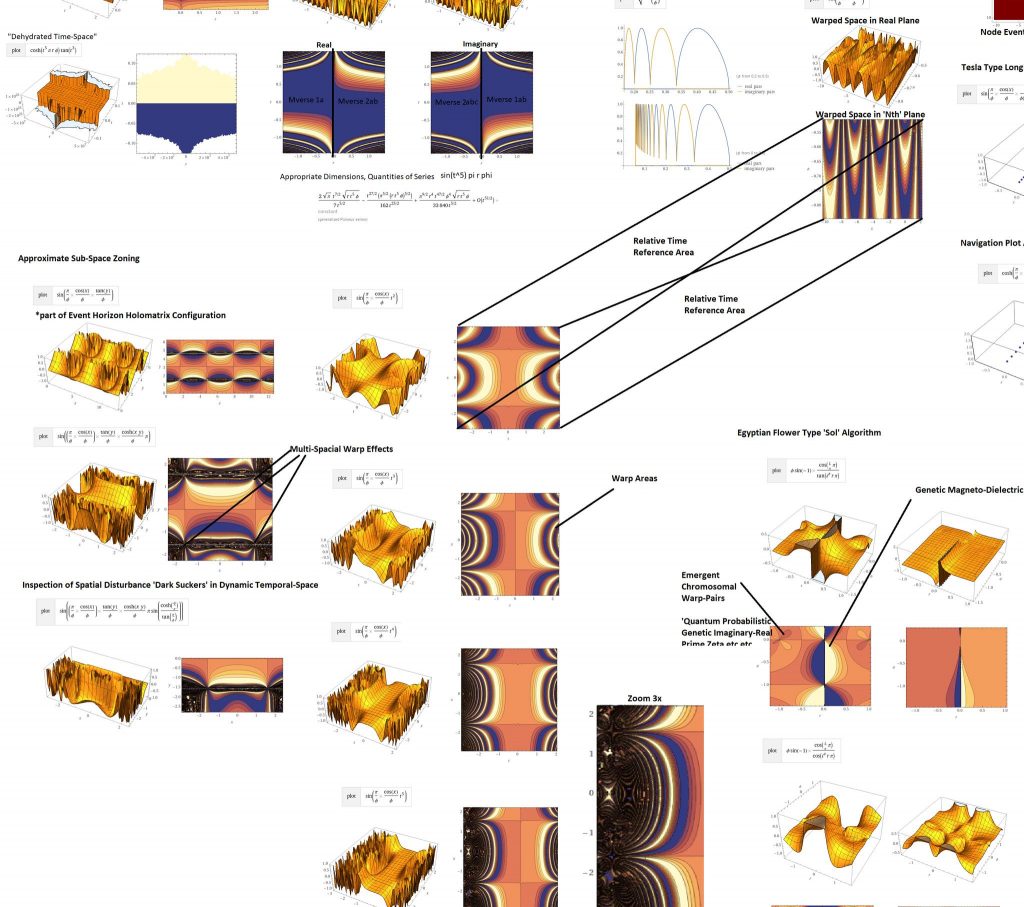
Since the dimensionalities of sub space event horizons are complex, strange and unusual, and consider these are only 1 layed planes , poor representations of 3d, 4d and beyond granularities and their sub space sheets ‘or vertices’, we could expect many of these images placed upon eachother, like an MRI machine that had been converted to use light instead of magnetism, and indeed, projected at 90 degrees much like an oldschool OHP takes a sheet of educational film over it to produce an imageat a given temporal and spatial angle. Except my invention utilises multiple space sheet euclidia, and non euclidian geometria, and creates some new principles of mathematica to consider when looking at multi layed temporal granularity theories. The ideas and equations are quite complex and not something you would find in ordinary mathematical text books, probably, again this comes from the circumstances at which they were created. I estimate applying my theory that a human being that produces work, like autistic individuals but far different, who is entirely empty of every other right and wrong opinion about mathematics, art, poetry and engineering etc would be able to produce works that were not reliant on anything but the wheelwork itself. In many respects then a man who is completely undisturbed is a kind of superman because he understood that societies beliefs , whether true or false were the real creators of variation, and limiting factors in the emergent cross product of evolutionary / revolutionary idea. This could be represented as an electrical equation where the ‘human resistance’ represented the ohmic voltage of a given ‘idea’ or ‘current’.
A simple idea presented by a great man nikola tesla a century ago, but in my opinion at least man has made small strides to understanding the velocity of an electrical wave as given by tesla to to be pi/2 C, let alone its probabilistic wave particle counterparts! In the next series I investigate a lot more g^2 and f^3 and how their dimensionalities relate in sub space zone-intervals.
